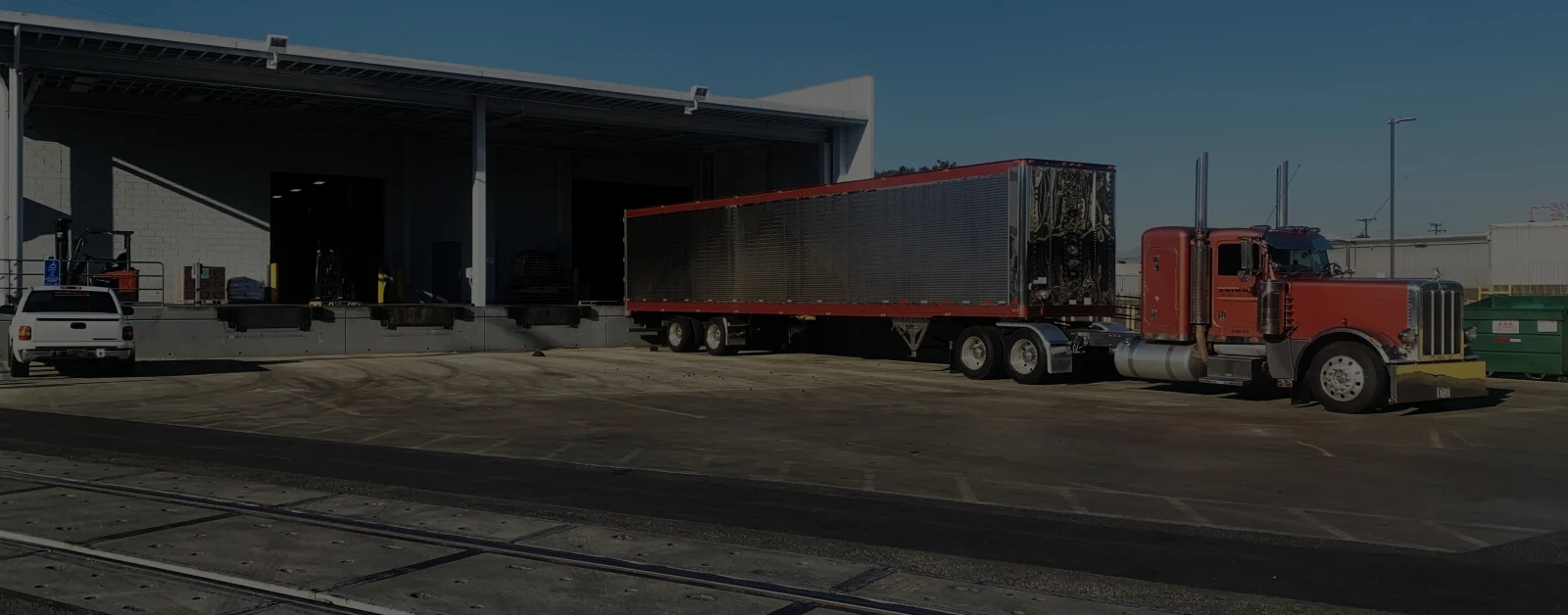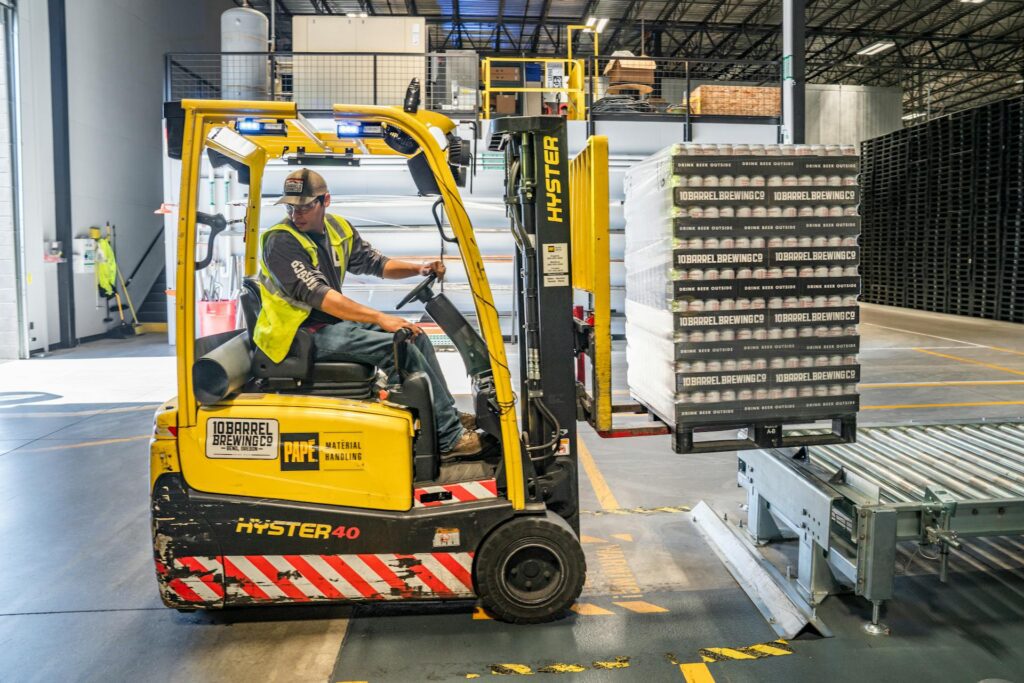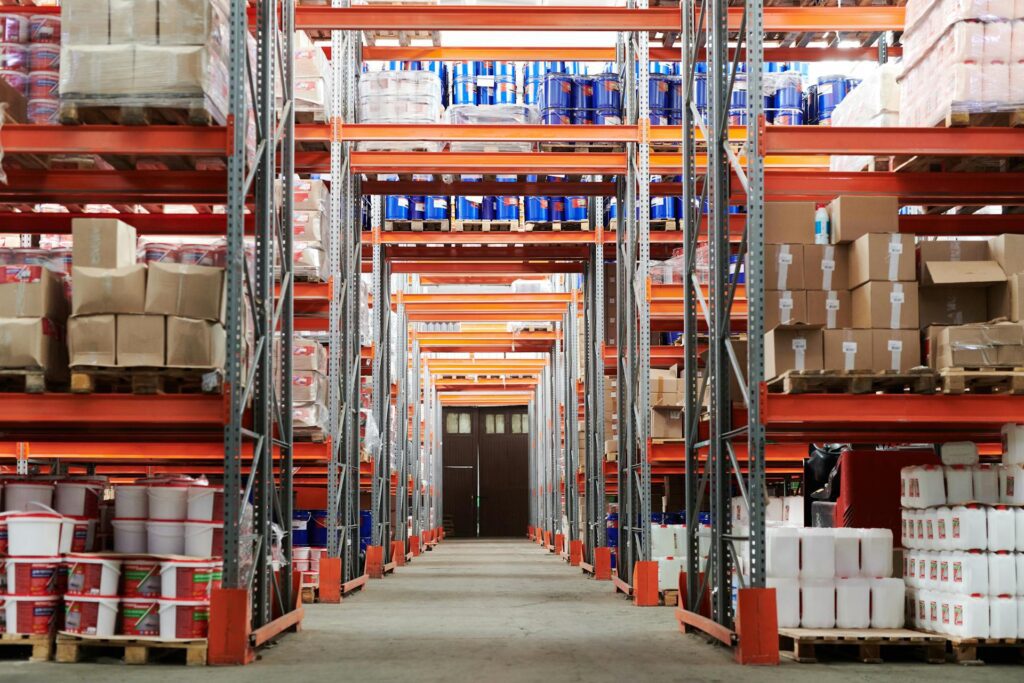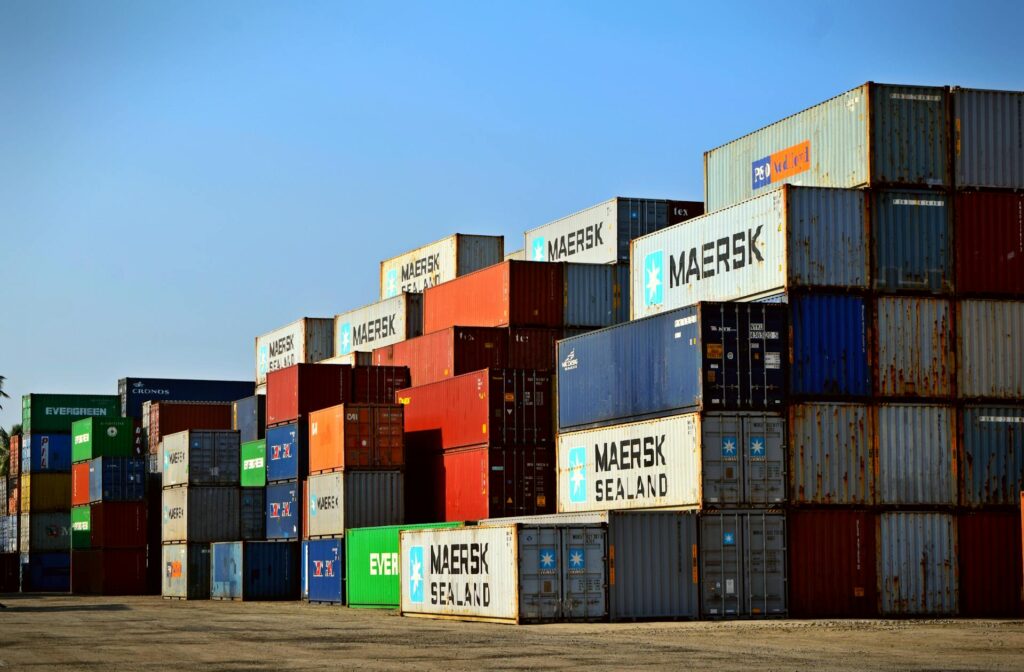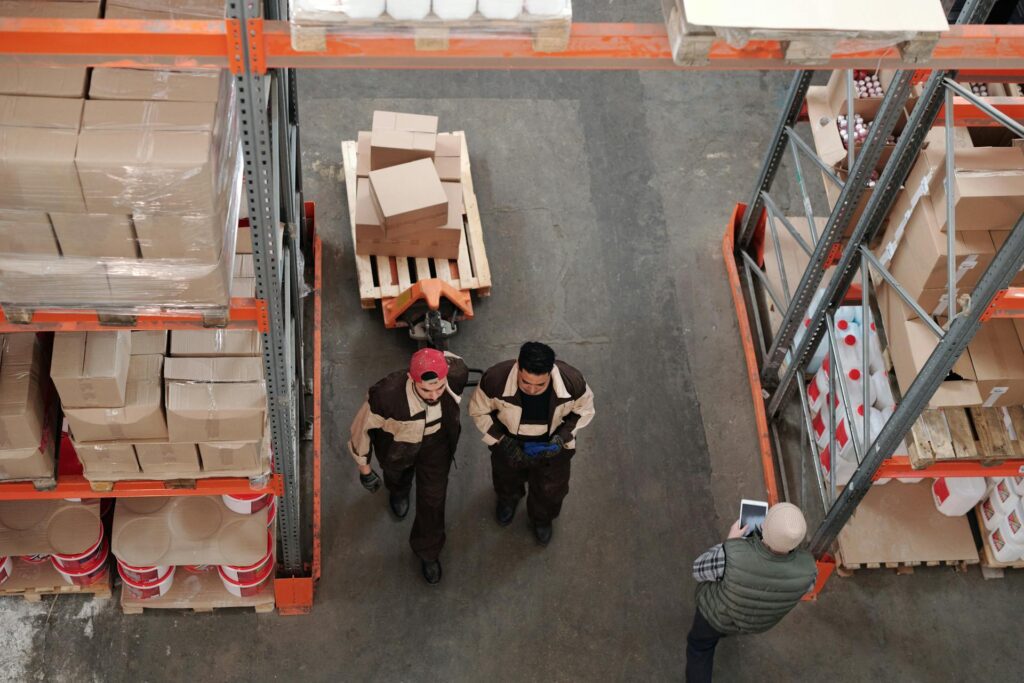The Role of Third-Party Warehousing Companies in L.A. During Supply Chain Disruptions

In the early days of the Covid-19 pandemic, companies scaled back production in response to a rapid decline in consumer demand. But, by the end of 2021, businesses began to reopen and demand consequently skyrocketed.
The global supply chain was ill-prepared for this type of interruption, and it underscored the importance of having a backup plan in place in the event of a breakdown in the supply chain. Unfortunately, Southern California is no stranger to these types of breakdowns. Partnerships with third-party warehousing companies can, however, help your business overcome the challenges posed by disruptions.
But before explaining how, let’s first cover some of the biggest threats to the supply chain for Los Angeles-based businesses.
An Unpredictable Environment
Southern California is home to two of the nation’s largest ports—the Ports of Los Angeles and Long Beach—along with thousands of miles of highways and railroads. Supply chain disruptions can stem from any one of them.
Some of the supply chain risks in Southern California include:
- Wildfires
- Earthquakes
- Landslides
- Union strikes at ports
Third-party warehousing companies can offer your business consultative support as you navigate these challenges.
Here’s how.
Goods are Stored Near Your Customers

Shipments from suppliers overseas can be disrupted by any number of events, from storms to labor strikes at ports. A warehouse partner ensures you have the items you need in the proximity of your customers.
When your company outsources inventory storage to third-party warehousing companies, all imported goods are immediately shipped from ports of arrival to a nearby facility. During supply chain disruptions, you can feel confident you will still be able to meet customer demand until operations are restored.
You Get Visibility Into Your Inventory
Interruptions in the supply chain can make it difficult for companies to keep track of their inventory levels since shipments typically arrive less frequently. A trustworthy warehousing partner can offer peace of mind durings moments like this.
Many third-party warehousing companies use inventory management software that offers their clients real-time visibility into inventory levels. As inventory levels drop, companies can respond by alerting their customers and contacting suppliers to determine when future shipments will arrive.
At the same time, warehouse operators can use inventory monitoring technology to determine the optimal amount of safety stock to reduce the likelihood of stockouts while minimizing storage costs.
You Get Access to Supply Chain and Logistics Experts
Interruptions in the supply chain can be stressful for business owners. During such trying times, it’s important to have access to professionals with experience in the field.
Third-party warehousing companies have the experience and expertise needed to help their clients navigate the challenges of a disruptive event. They can offer updates in a rapidly evolving environment and provide suggestions on how your company can prepare itself for future supply chain disruptions.
At Cummins Logistics, We Have Your Back
If you’re in search of a 3PL provider with experience in tackling the challenges of the global supply chain, Cummins Logistics can help. We have more than 40 years of experience in building customized warehousing solutions for each of our clients. Get started today.

